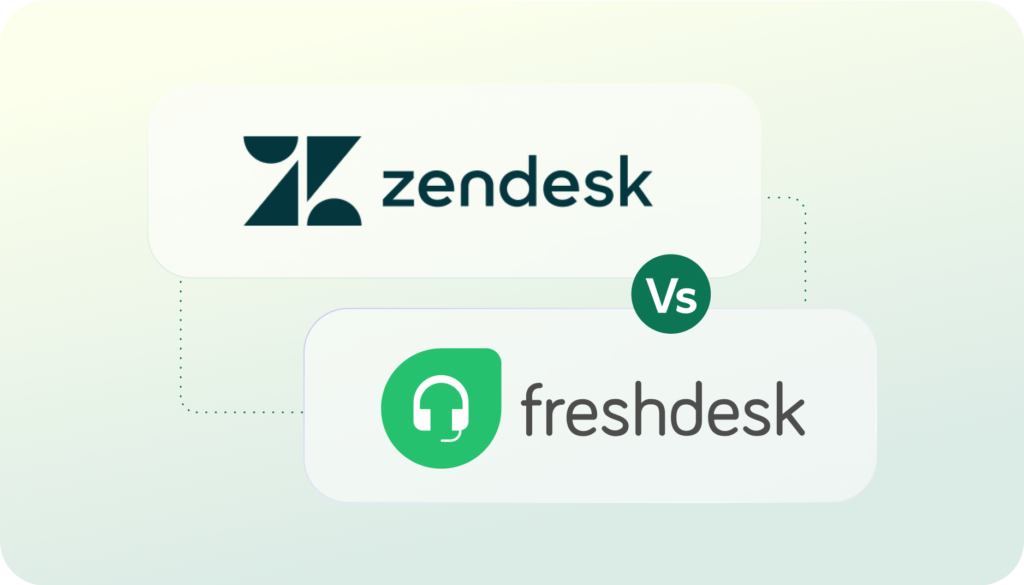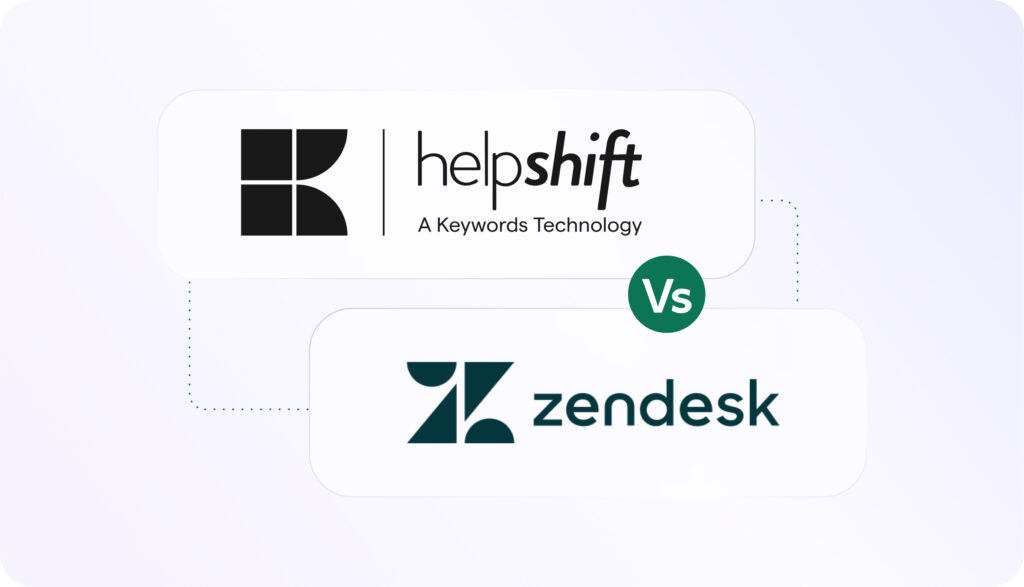A knowledge base is a store of information customers or customer service workers can draw upon to learn more or solve a problem with a service or product. It’s an online library that contains every iota of information about your products and services, typically in the format of short articles customers and users can read quickly.
A knowledge base uses technology that can store both structured and unstructured data to be brought up easily in a search, even by a novice user. Different than a general database, a knowledge base can serve multiple users easily even if they are not all that technologically proficient.

Why Do Knowledge Bases Matter in Customer Service?
A company’s knowledge base is a repository of critical information that helps with daily functioning of the business — essentially, a customer service encyclopedia. It offers up important information to internal users and employees, but can be equally important as a transparent library for customers to self-serve. It helps with workplace collaboration, training, and problem-solving.
A knowledge base is key to customer experience, because it allows customers to serve themselves to information in an immediate and flexible way. While human interaction can be important to customer service, quick answers are just as essential. Knowledge bases also give your customer service agents rapid access to the detailed information they need to quickly solve customer issues from a position of expertise.
Knowledge bases are key to customer service teams because they reduce the stress and load on your human customer service workers to handle every single customer inquiry. When customers can self-serve, your customer service operation becomes more efficient, cost-effective, and, ultimately, enjoyable for everyone involved. Knowledge bases can help increase ticket deflection and better educate your customers so that when they do submit tickets, they’re better able to articulate the issues they’re grappling with.
6 Tips for More Effective Knowledge Bases
- Make sure your knowledge base is accessible and easy to find.
- Use accurate metadata to appropriately tag articles so they come up easily in a search.
- Use analytics to identify knowledge gaps, researching what type of tickets were submitted when users could not (or did not) find answers in your knowledge base.
- Equip the UI with dynamic search to autofill user queries.
- Provide canned but easily customizable responses to speed up agent responsiveness.
How Helpshift Supports Knowledge Bases
Helpshift imparts the ability to effectively combine your human and automated customer service components, drawing from the same knowledge base to answer questions and solve customer problems across any channel. Seamless and conversational in-app support, driven by AI-enabled bots, gives your customers access to knowledge base articles in a friction-free way.
With Helpshift, you can use chatbots as a first point of contact to connect customers to knowledge base articles that may solve their problems before you have to get a human agent involved.
Additional Information About Knowledge Bases
- Product page: Intelligent Customer Self-Service
- Support: Advice and solutions from Helpshift experts
- Support: Guide: Setting Up Your Dashboard
- Blog post: Supercharge Your Self-Service: 5 Ways to Optimize Your Knowledge Base



